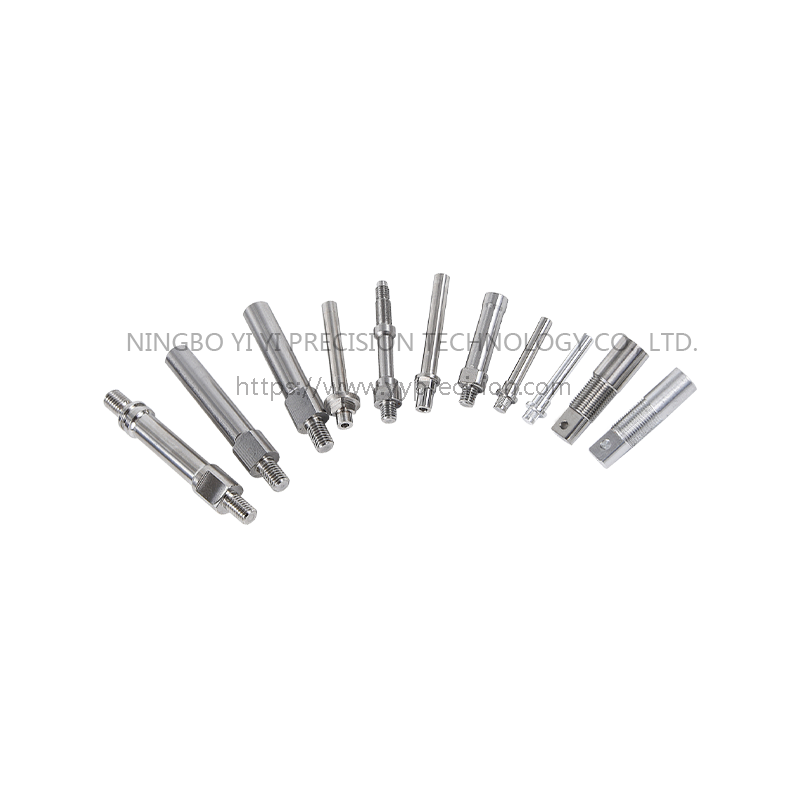Typical
Precision Turning Shafts are made on ultra-precision lathes. They can be cylindrical, tapered, contoured, and smooth. They are manufactured from sanitary grade materials and are designed for a wide variety of applications. They are commonly used in many industries, including mechanical systems, automobiles, and electronics. They offer structural benefits as well as high performance.
These shafts are used to transmit power and torque from a machine to a load. They are typically made from stainless steel. They are also resistant to heat and corrosion. They can be used to mount fans in machinery. A custom-designed shaft can offer outstanding performance. In addition to being accurate, complex turned parts can provide structural benefits as well as cost-effective design capabilities.
The accuracy of a precision turned shaft is highly dependent on the size and shape of the shaft. Small irregularities may have a profound impact on the quality of the fabricated shaft. They may also throw off the whole system. A large shaft has a higher ratio of length to diameter. This ratio is approximately 20-25.
A slender shaft, on the other hand, is flexible and has poor rigidity. The rigidity of the shaft will influence the forces that are generated during the turning process. The stress and thermal deformation of the shaft are also important to solve. In order to achieve high precision, the deformation of the shaft must be compensated.
To compensate deformations, a continuous time domain based adaptive sliding mode controller is used. This controller is able to track command positions accurately and adjust the amplitude and frequency of the cutting force. It is also capable of compensating static and dynamic deformations during precision turning operations. This enables the controller to maintain the desired tool tip position within the displacement measurement sensor resolution (+-0.1 mm). The controller is robust to changes in the cutting process. It is therefore able to compensate deformations rapidly and is able to provide precision tool tip control.
When machining stainless steel shafts, the process involves grinding, milling, and turning. In addition, case hardening is used to improve the toughness of the core. During the processing of these shafts, the workpiece gradually deforms. In order to minimize the deformation, the cutting depth should be kept to a minimum. This helps to increase the cutting force. It also improves the surface finish.

304 Non-Standard Parts Processing, Double Flat Bit, Double Head Thread
Customized Special Stainless Steel Tools, Imported Core Machine Spindle Back Shaft Processing At The Same Time, End M5 Reverse Thread Hole Depth Of Up To 45mm Depth, Used In Fishing Gear Hand Pulley Assembly Parts
Material: SUS304(1.4301)
Size: OD 11mm*Length 100mm
Weight: 95g
Color: Natural

